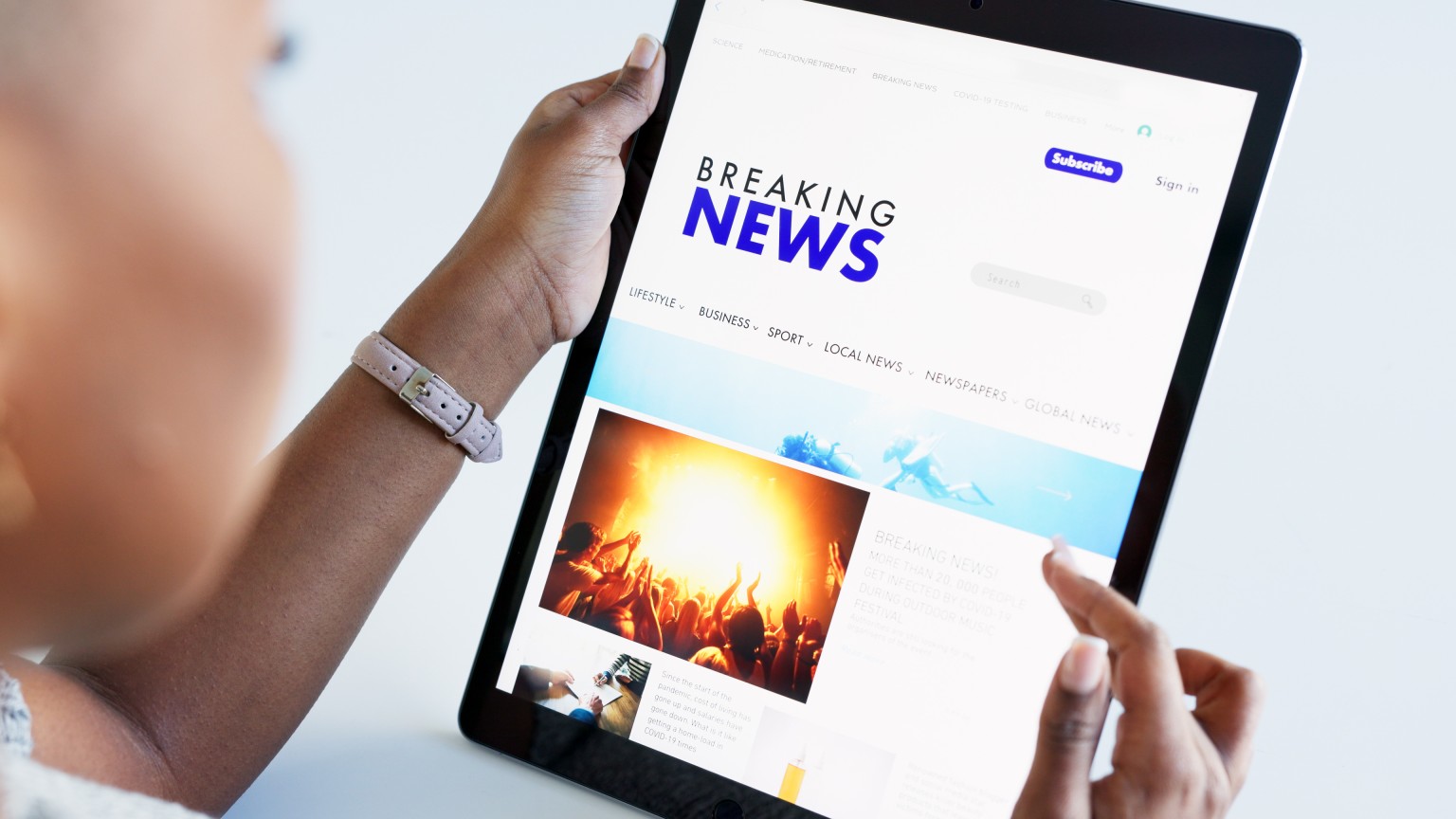Digital News: Transforming Journalism in the Age of Instant Information

In today’s hyper-connected world, digital news has become the dominant force in journalism, providing readers with real-time access to breaking news, in-depth analysis, and multimedia content. The transition from traditional formats to digital platforms has not only expanded the reach of news but also introduced challenges around credibility, revenue models, and audience engagement.
This blog explores the evolution of digital news, the challenges it faces, the trends shaping the industry, and how technology and platforms like AiDOOS are enabling publishers to navigate this complex landscape.
Digital news emerged in the late 1990s as newspapers and broadcasters began to explore online platforms. Today, it encompasses websites, social media, mobile apps, and newsletters, making news accessible at unprecedented speed and scale.
Key Milestones in Digital News Evolution
Web 1.0 Era: Early news websites mirrored their print counterparts, offering static articles and limited interactivity.
Web 2.0 Revolution: The rise of social media platforms like Facebook and Twitter transformed news dissemination, enabling real-time updates and user engagement.
Mobile and App Dominance: Mobile-first strategies and dedicated apps became critical as smartphones became the primary news consumption device.
The shift to digital has brought new challenges for news publishers, including:
Revenue Declines: Traditional ad revenues have plummeted, and many digital outlets struggle to monetize effectively amidst competition from platforms like Google and Facebook.
Misinformation and Fake News: The speed of digital news dissemination has made it easier for misinformation to spread, undermining public trust in journalism.
Ad-Blocker Adoption: The rise of ad blockers has significantly reduced digital ad revenue, forcing publishers to explore alternative monetization strategies.
Platform Dependence: Reliance on social media and search engines for traffic makes publishers vulnerable to algorithm changes.
Fragmented Audiences: Readers are scattered across websites, apps, and social media platforms, making it challenging to maintain loyalty and engagement.
To address these challenges and meet evolving reader expectations, digital news publishers are embracing the following trends:
Subscription Models: Many outlets, including The New York Times and The Washington Post, have implemented paywalls or membership models, focusing on reader-supported journalism.
Personalized Content: AI-driven recommendation engines tailor news feeds to individual preferences, increasing engagement.
Interactive and Immersive Formats: Videos, podcasts, and interactive infographics are becoming standard features in digital news to enhance storytelling.
Social Media as a News Hub: Platforms like Twitter, TikTok, and Instagram have become key channels for breaking news and reaching younger audiences.
AI-Powered Journalism: Tools like OpenAI’s GPT models and automated fact-checking systems are enabling faster content creation and verification.
Data Journalism: The use of big data to uncover trends and insights has become a hallmark of investigative reporting in the digital age.
Sustainability Initiatives: Publishers are adopting eco-friendly practices in digital infrastructure, such as energy-efficient servers and carbon-neutral hosting.
The digital transformation of news is fueled by a range of technologies:
Artificial Intelligence (AI):
Content Curation: AI tailors news feeds based on user behavior.
Automation: Automated systems generate reports for routine events like sports scores or financial updates.
Fact-Checking: AI tools help identify and counteract misinformation.
Blockchain for Trust: Blockchain provides transparent and immutable records, ensuring authenticity and credibility in news content.
Augmented Reality (AR) and Virtual Reality (VR): AR/VR enriches storytelling, offering immersive experiences such as virtual tours of news events.
Big Data Analytics: Advanced analytics help publishers understand audience preferences and refine content strategies.
Cloud-Based Publishing: Cloud platforms enable seamless collaboration and real-time updates, critical for breaking news.
Voice-Activated News: Smart speakers like Alexa and Google Home are emerging as new channels for delivering news updates.
Several digital news outlets have innovated successfully, offering lessons for the industry:
The New York Times: By combining high-quality journalism with a robust subscription model and multimedia storytelling, The New York Times has built a thriving digital presence.
BuzzFeed: Known for its viral content, BuzzFeed has successfully diversified into serious journalism, leveraging data analytics and social media for distribution.
Axios: Axios’s “Smart Brevity” format caters to readers’ demand for concise, easily digestible news, particularly on mobile platforms.
BBC News: The BBC has embraced interactive formats, podcasts, and apps to remain a global leader in digital journalism.
Platforms like AiDOOS empower digital news publishers to overcome challenges and innovate. Here’s how:
Global Talent Access: AiDOOS connects publishers with journalists, designers, data analysts, and developers to create and distribute high-quality content.
Cost Optimization: Flexible, on-demand talent models reduce operational overheads, enabling publishers to focus resources on core journalism.
AI Integration: Leverage AI tools for content curation, metadata optimization, and real-time audience insights.
Workflow Automation: Automate repetitive tasks such as headline testing, SEO optimization, and analytics reporting.
Scalable Infrastructure: AiDOOS supports cloud-based publishing solutions, ensuring seamless collaboration across global teams.
The digital news industry is poised for continued transformation as technology advances and reader expectations evolve. The future will be shaped by:
Hyper-Personalization: AI and data analytics will enable even more tailored content experiences.
Immersive Storytelling: AR/VR and interactive formats will redefine how news stories are presented and consumed.
Sustainability: Publishers will adopt green technologies and ethical practices to meet environmental and social expectations.
Trust Restoration: Blockchain and AI-driven fact-checking will play a critical role in combating misinformation.
Digital news is not just a medium—it is a dynamic ecosystem that reflects the complexity of our interconnected world. While challenges like misinformation and monetization persist, the industry is brimming with opportunities for innovation. By leveraging technology and platforms like AiDOOS, publishers can not only navigate the evolving landscape but also lead the charge toward a more informed and engaged global audience.
The power of journalism lies in its ability to inform, inspire, and empower. With the right tools and strategies, digital news can continue to fulfill this mission in an era of rapid change.

For modern telecom enterprises, delivering exceptional QoS is no longer optional—it’s a brand differentiator and a strategic lever for growth. Static provisioning models won’t cut it in a world of hyper-dynamic data usage.